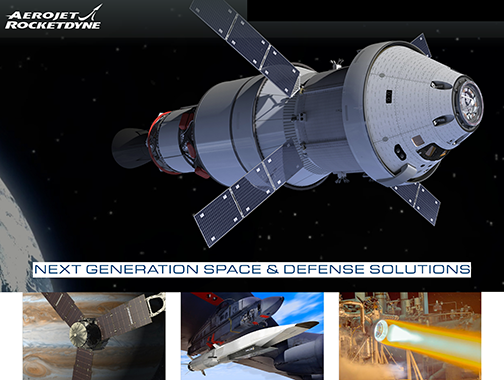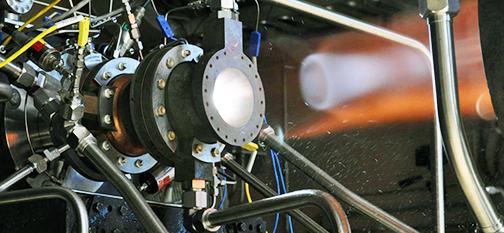
Aerojet Rocketdyne has successfully completed initial testing of a nearly flight-weight and production-ready configuration of their next generation RL10C-X upper-stage rocket engine that contains major components produced with the company’s industry-leading 3-D printing technology.
The successful series of tests confirmed that the 3-D printed components performed as expected when integrated into a complete, full-scale engine system.
The initial round of testing included hot firing the RL10C-X prototype engine three times the duration of a typical RL10 mission, including high mixture ratio operation and multiple engine restarts. The 3-D printed engine components and the entire engine system remain in excellent condition with significant life remaining.

Aerojet Rocketdyne has been working over the past two decades to develop 3-D printing technology, also known as additive manufacturing, to a point where components built using the technology can reliably withstand the extreme operating environment of a rocket engine that experiences high pressures and temperature gradients that range from -423°F to more than 5,000°F.
The 3-D printed components that were tested in the RL10C-X prototype make up the very core of the engine: the injector and the thrust chamber. The injector mixes the liquid hydrogen and liquid oxygen propellants and delivers them to the thrust chamber where they are burned, creating hot gases that produce thrust as they exit the engine. These components were selected because they offer the greatest cost reduction potential while delivering excellent performance and reliability.
Aerojet Rocketdyne CEO and President Eileen Drake said the company has made steady progress incorporating game-changing 3-D printing technology into the firm's production engine programs to make them more affordable. By producing these components with 3-D printing, the company expects to reduce lead time by 35 to 50%, and overall engine cost by 25-35%.

